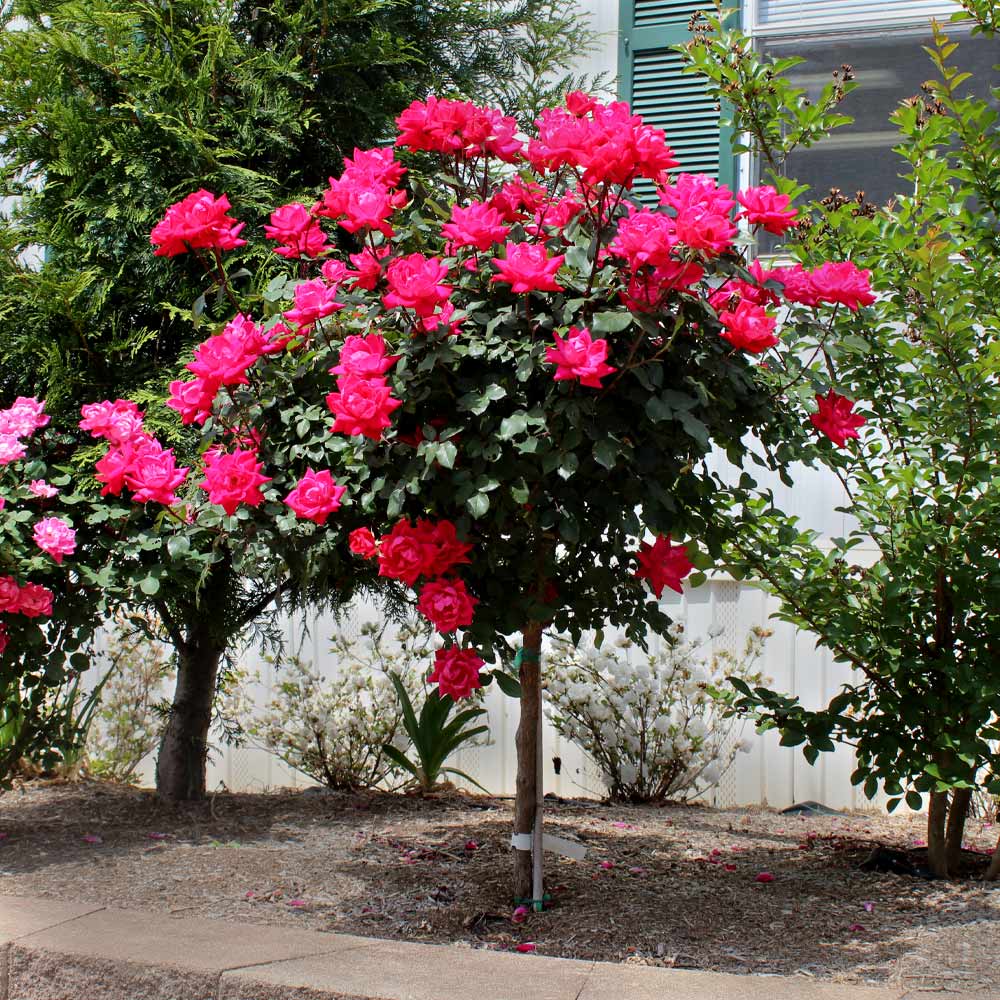

Do not cut them back as much as you prune hybrid tea roses. Start by removing the very old and declining canes of both types. Prune them according to their growth habit and the form desired. Climbing and rambler rosesĬlimbing and rambler roses are the largest types of roses that always require some amount of annual pruning to keep them managed on a trellis or fence. Usually cutting to 15 to18 inches in the spring is sufficient. Routine excessive pruning will adversely affect bloom production. After this initial trimming, pruning should be done each succeeding spring, but not as extreme as the first season’s cutting. Hybrid tea roses purchased from nurseries usually have already been pruned to 12 to 18 inches at the time of sale, but they may require further cutting back to healthy tissue. Hybrid tea roses are the most popular rose, prized by hobbyists for their exquisite blossoms and fragrances. This controls growth and promotes healthy, vigorous new canes to produce blossoms. Then begin to selectively remove more of the canes according to what is needed by the type of rose. With any rose, start the job conservatively by first removing dead or damaged branches. In the spring, some roses are pruned a second time, but a bit more severely. This prevents the shrub from being loosened by the winter winds. However, different types of roses require different pruning techniques.Įxcept for climbers, pruning in the fall is needed to cut the tall canes to about thirty inches. Pruning is necessary to remove winter-killed canes (stems), control size, and train the plant for its best production of blossoms. Keep the soil moist for the first month or two while your rose bush is establishing.Whether you are growing hybrid teas, climbers, or landscape roses, all roses require some pruning each year. Apply a layer of mulch to reduce watering needs and keep weeds away. Be sure that your rose plant is level and the top of the root ball is slightly above the existing soil line.
#Knock out roses how to#
How to Plant Knock Out Rosesĭig a hole about twice as wide and almost as deep as the root ball. Knock Out Rose trees can be trimmed into a rounded shape to keep their natural lollipop habit. These roses repeat bloom on their own without human intervention! Read more on Pruning Knock Out Roses. This means the spent flowers fall off on their own so you do not need to deadhead. Knock Out Roses are considered self-cleaning. Prune back the entire rose bush to about 6 to 12 inches. Basically, yearly pruning can afford you a prettier, cleaner looking bush. Knock Out Roses do not require pruning, but it can give you stronger, more vigorous roses, and even improve blooming. Minor pruning or ‘tidying up’ can be done at any time of the year. Dead, diseased, or broken branches should be removed immediately. Heavy pruning of these rose bushes should be performed when they are dormant or just starting to come out of dormancy in early spring.

Knock Out Rose bushes are recommended for hardiness growing zones 5, 6, 7, 8, 9, and 10. Feed these roses with a balanced slow release fertilizer in early spring and late summer. Knockout Roses adapt to any well-drained soil. Water when the ground is dry for the best growth and blooming.
#Knock out roses full#
They will bloom best in full sun, but grow well in sites with some shade. These hardy rose bushes are extremely low maintenance once they are established. Today, they are the top selling roses in America. Radler noted the new cultivar to be exceptional. He created the Knock Out Rose in his basement in Wisconsin by crossing a floribunda rose with a shrub rose. They were originally bred by rosekno breeder William Radler in 1989. Knock Out Roses immediately garnered favor by winning the All American Rose Selection in 2000. What is the History of the Knock Out Rose?Īfter eight years of testing, this popular collection of roses was introduced in the United States by Star Roses and Plants in 2000.


 0 kommentar(er)
0 kommentar(er)
